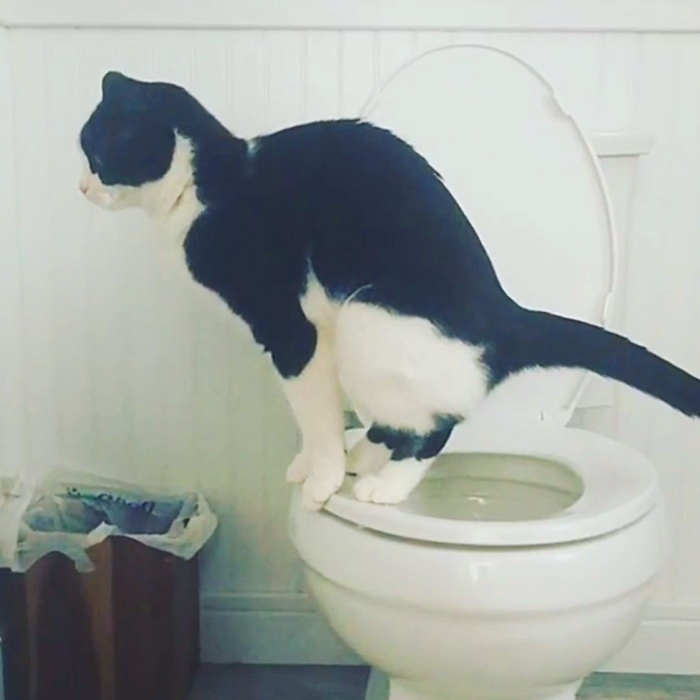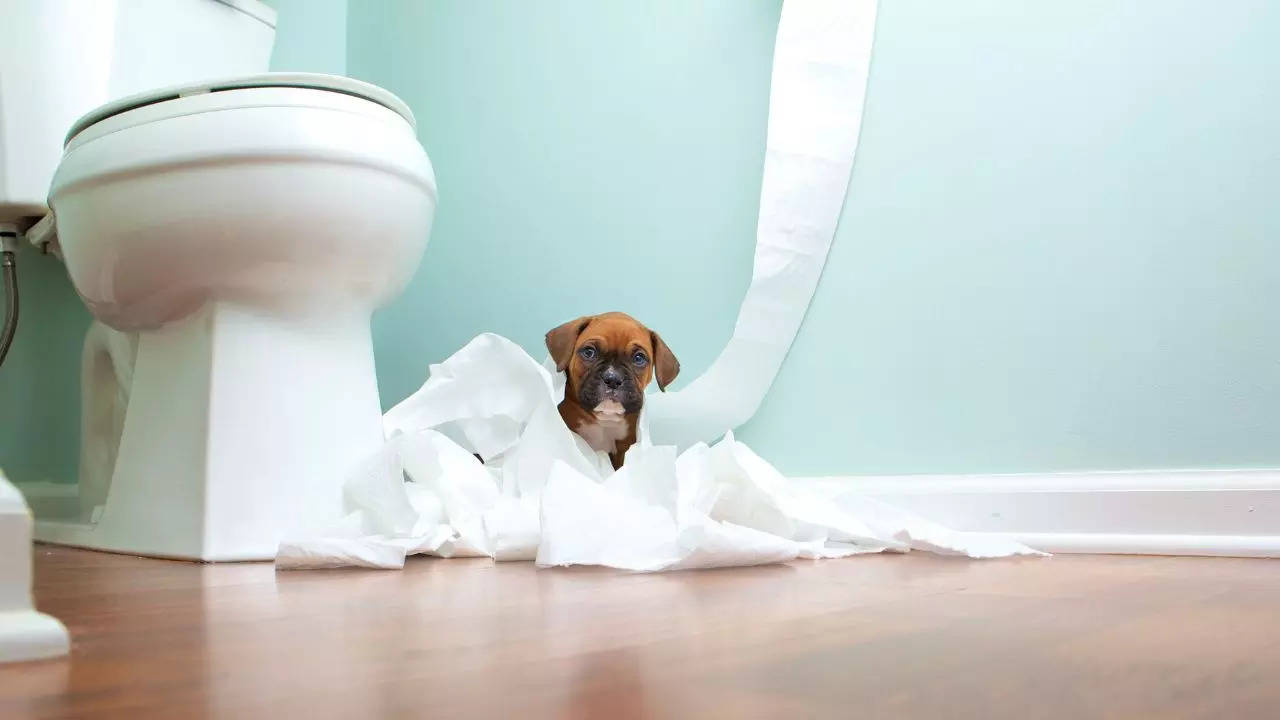Leading Causes to Prevent Flushing Animal Waste Down the Toilet
Leading Causes to Prevent Flushing Animal Waste Down the Toilet
Blog Article
Just how do you actually feel in relation to Why you should never flush dog poop down the toilet?

When it pertains to getting rid of waste, especially animal waste, lots of people frequently turn to the convenient choice of flushing it down the toilet. However, this apparently simple remedy can have significant repercussions for the setting and public health. In this article, we'll check out why flushing animal waste down the commode is a poor idea and give alternate approaches for appropriate disposal.
Intro
Appropriate waste disposal is critical for preserving ecological sustainability and public health. While it may seem harmless to purge animal waste down the commode, it can bring about various problems, both for the atmosphere and human wellness.
Dangers of flushing pet waste
Environmental effect
Purging pet waste presents unsafe germs and pathogens into waterways, which can adversely influence marine ecological communities. These virus can infect water sources and injury aquatic life, disrupting fragile ecological communities.
Public health issues
Animal waste consists of hazardous bacteria such as E. coli and Salmonella, which can posture severe health and wellness dangers to humans. Flushing animal waste down the commode can pollute water supplies, resulting in the spread of diseases and infections.
Alternatives to flushing
Rather than purging animal waste down the bathroom, there are numerous alternate disposal approaches that are much more eco-friendly and hygienic.
Composting
Composting animal waste is a green way to throw away it. By composting, organic matter is broken down into nutrient-rich soil, which can be made use of to feed yards and plants.
Landfill disposal
Dealing with animal waste in a garbage dump is one more choice. While not as environmentally friendly as composting, it is a safer alternative to flushing, as it prevents the contamination of water resources.
Pet dog garbage disposal systems
There are specific pet waste disposal systems offered that securely and hygienically get rid of animal waste. These systems often utilize enzymes to break down waste and eliminate smells.
Actions to proper animal waste disposal
To make certain correct disposal of animal waste, comply with these steps:
Scooping and nabbing waste
Consistently scoop and bag pet waste utilizing biodegradable bags. This prevents waste from polluting the environment.
Making use of designated waste containers
Dispose of bagged pet waste in assigned waste containers, such as garden compost bins or land fill bins. Stay clear of flushing it down the commode whatsoever costs.
Cleaning up litter boxes and family pet locations regularly
Consistently tidy litter boxes and pet dog areas to stop the buildup of waste and bacteria. Usage pet-safe cleansing products to preserve health.
Benefits of appropriate disposal approaches
Adopting correct disposal approaches for pet waste provides a number check here of benefits:
Reduced environmental pollution
Proper disposal techniques reduce the danger of environmental pollution, safeguarding waterways and environments from contamination
Reduced risk of water contamination.
By avoiding flushing animal waste down the toilet, the threat of water contamination is substantially decreased, securing public health.
Enhanced hygiene and hygiene
Proper disposal approaches advertise better cleanliness and hygiene, developing a safer environment for both humans and animals.
Verdict
In conclusion, flushing animal waste down the bathroom is harmful to the environment and public health. By adopting alternative disposal techniques and following appropriate waste administration practices, we can reduce the adverse effect of animal waste and contribute to a cleaner, healthier world.
What To Do With Dog Poo – The Do's And Don'ts Of Disposing Of Faeces
Dog poo bins
Some councils provide dedicated dog waste bins in popular dog-walking areas that can take dog poo that has been bagged but you can legally dispose of dog waste in any public litter bin, as long as it is securely bagged. This also applies to your wheelie bin at home.
Do not flush
Water companies do not recommend flushing dog faeces down the toilet because certain parasites can survive the water processing treatment and are potentially harmful to humans. You should also never consider flushing dog poo that has been bagged down the toilet as the bags will not break down and instead create severe blockages in the sewage system.
In the woods
The Forestry Commission promotes a ‘stick and flick’ method for dealing with waste in the woods. This means finding a stick and using it to flick any poo from off the path so that it is out of the way of other walkers. You could also bury it as long as it is not in an area where there might be livestock.
Livestock
Parasites found in dog poo can be transmitted to livestock if they inadvertently eat infected faeces that has been left on grazing land. This could result in the death of sheep or abortion in cattle so you should always make sure you pick up your dog’s waste in fields where livestock could be present.

Consistently tidy litter boxes and pet dog areas to stop the buildup of waste and bacteria. Usage pet-safe cleansing products to preserve health.
Benefits of appropriate disposal approaches
Adopting correct disposal approaches for pet waste provides a number check here of benefits:
Reduced environmental pollution
Proper disposal techniques reduce the danger of environmental pollution, safeguarding waterways and environments from contamination
Reduced risk of water contamination.
By avoiding flushing animal waste down the toilet, the threat of water contamination is substantially decreased, securing public health.
Enhanced hygiene and hygiene
Proper disposal approaches advertise better cleanliness and hygiene, developing a safer environment for both humans and animals.
Verdict
In conclusion, flushing animal waste down the bathroom is harmful to the environment and public health. By adopting alternative disposal techniques and following appropriate waste administration practices, we can reduce the adverse effect of animal waste and contribute to a cleaner, healthier world.
What To Do With Dog Poo – The Do's And Don'ts Of Disposing Of Faeces
Dog poo bins
Some councils provide dedicated dog waste bins in popular dog-walking areas that can take dog poo that has been bagged but you can legally dispose of dog waste in any public litter bin, as long as it is securely bagged. This also applies to your wheelie bin at home.
Do not flush
Water companies do not recommend flushing dog faeces down the toilet because certain parasites can survive the water processing treatment and are potentially harmful to humans. You should also never consider flushing dog poo that has been bagged down the toilet as the bags will not break down and instead create severe blockages in the sewage system.
In the woods
The Forestry Commission promotes a ‘stick and flick’ method for dealing with waste in the woods. This means finding a stick and using it to flick any poo from off the path so that it is out of the way of other walkers. You could also bury it as long as it is not in an area where there might be livestock.
Livestock
Parasites found in dog poo can be transmitted to livestock if they inadvertently eat infected faeces that has been left on grazing land. This could result in the death of sheep or abortion in cattle so you should always make sure you pick up your dog’s waste in fields where livestock could be present.

Do you appreciate reading up on 10 Things You Should Never Flush Down The Toilet? Place feedback further down. We would be pleased to find out your insights about this review. In hopes to see you back again before long. Don't hesitate to take a moment to promote this blog entry if you enjoyed reading it. I thank you for reading our article about .
Call Report this page